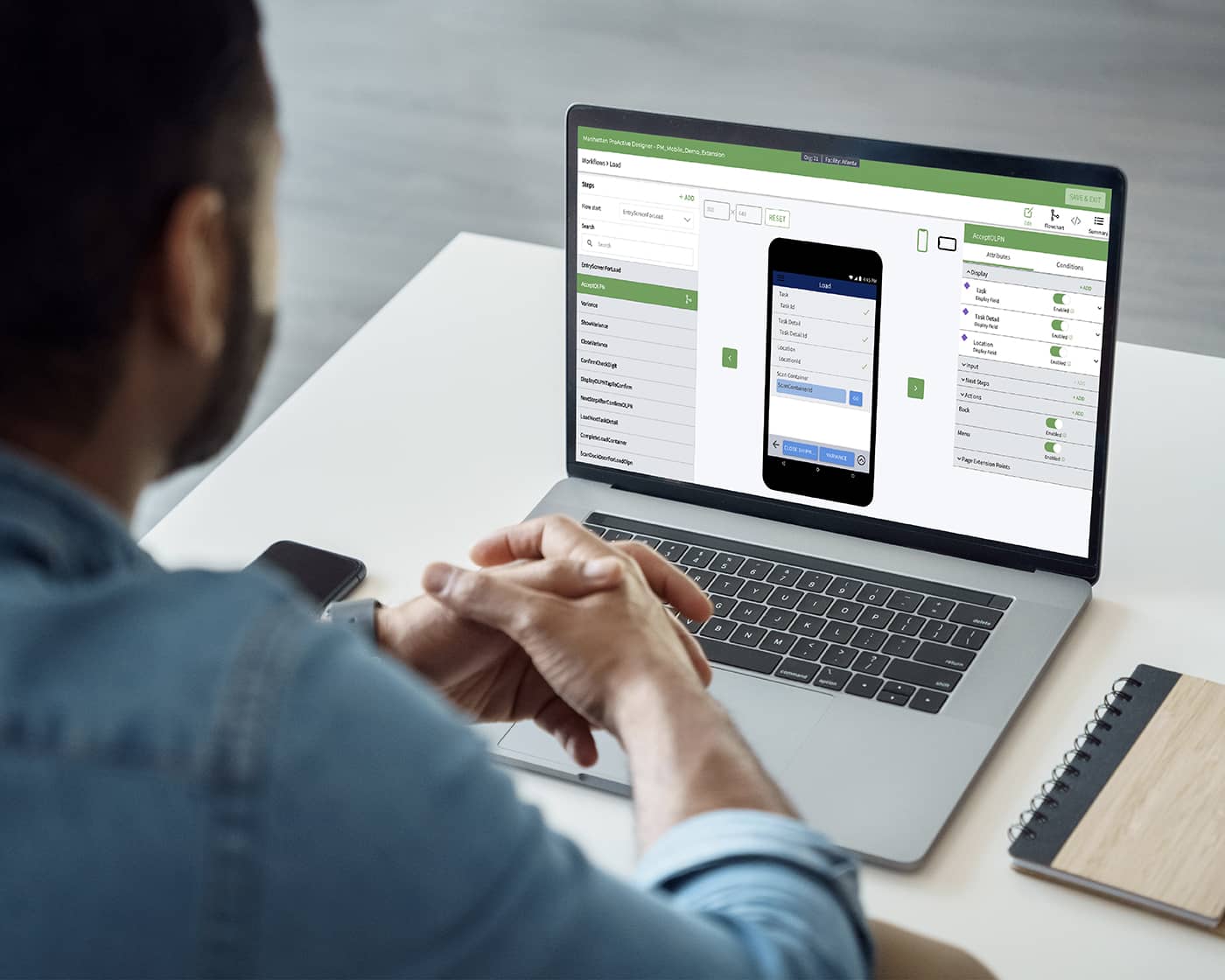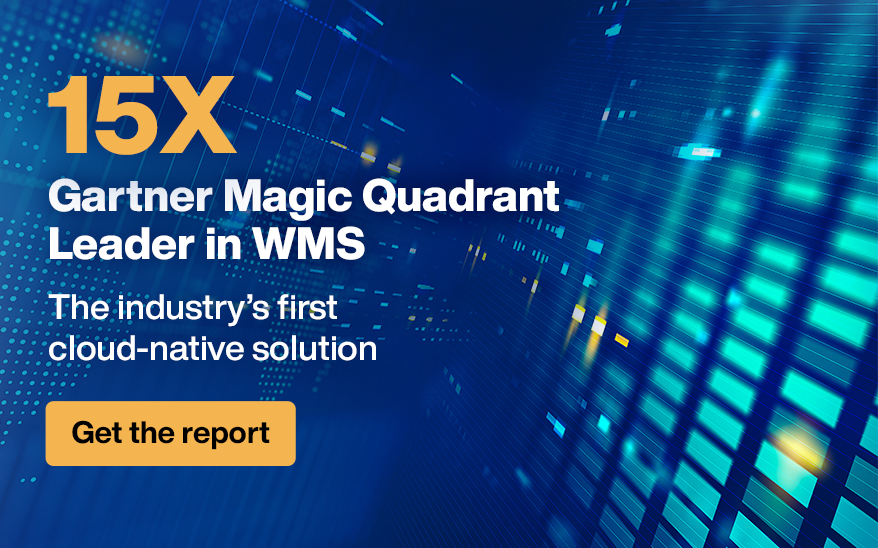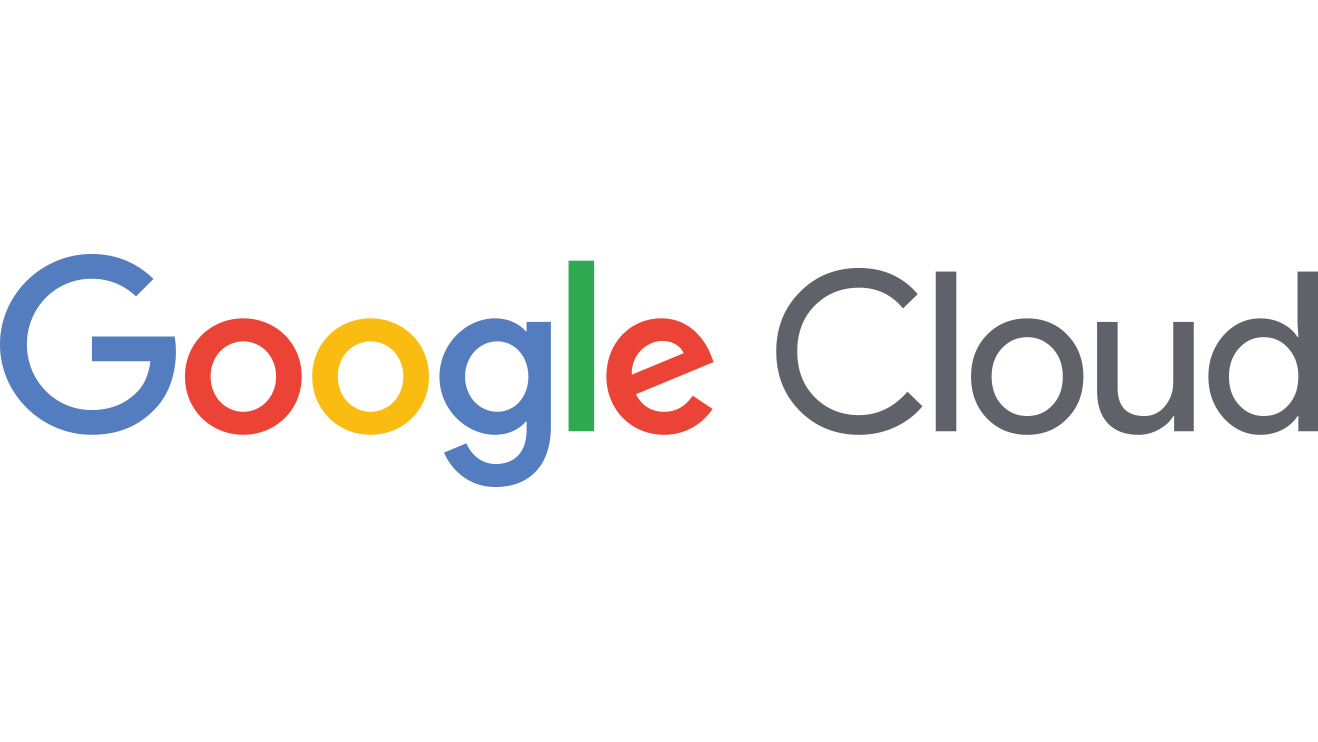Manhattan Active® DX
At Manhattan, we have a no code, low code, your code philosophy when it comes to extended our cloud native Manhattan Active Platform built entirely from microservice APIs with developer experience tools and services to make adding your innovation to ours easier than ever.

Code or Don't Code. The Choice is Yours.

Clear Profile Management
Simplified user and organizational profile management.
Seamless Configuration
Easy in-app workflow and experience configuration.
Guided Deployment
Streamlined configuration 'wizards' to guide and accelerate deployment.

User Extensions
User interface and mobile experience extensions.
API Usage
Composite API creation and management.
Data Extensions
Simplified database extensions.

BYOS Integration
Easy Bring Your Own Service (BYOS) integration capabilities and developer-friendly access to all microservice APIs.
Guided Help
Access to developer.manh.com for extensive documentation, guidance, and examples of extending the Manhattan Active Platform.
Manage Custom Extensions
WYSIWYG (What You See Is What You Get) Manhattan ProActive developer toolkit for managing and creating custom extensions.
Manhattan ProActive
Easily design and manage user experiences, extensions, and composite services with the WYSIWYG (What You See Is What You Get) developer toolkit.
-
Extension Designer
Developers can create conditional workflow and integration using the visual extension designer.
-
Experience Designer
Modify the information displayed on user screens in an existing workflow, add new screens and input fields to a workflow, create custom workflows, edit and rearrange UI fields, add extended attributes, actions, and much more.
-
Custom Application Shells
Custom store apps can be built on top of any released base application version for installing the app on devices across iOS, Android or Windows using the Application Shell.
-
API Documentation and Details
Definition and description of each microservice API, including usage, key features, volume considerations, and even examples.
FAQs
Everything you wanted to know about developer experiences.
'No code' development refers to the creation of software applications and systems without writing traditional code, typically by using visual development environments and pre-built software components.
No code development is designed to make it easier for people who may not have traditional programming skills to build software and automate processes, and it can be a useful tool for prototyping and quickly building simple applications.
'Low code' development refers to the creation of software applications and systems with only a minimal amount of traditional code required. This is similar to "no code" development, but typically allows for more customization and flexibility through the use of code when needed.
Low code platforms provide drag-and-drop interfaces and other visual tools that allow developers to build software by assembling pre-built components and configuring them to meet their specific needs.
A "microservices API" is an application programming interface (API) that provides access to a microservices-based application, which is a suite of small, independent services that communicate with each other using APIs.
Each service is a self-contained unit of functionality that is responsible for a specific task or set of tasks within the overall application and are designed to be lightweight and modular, allowing them to be easily used and integrated with other systems.
'API first' refers to a design approach in which an application programming interface (API) is developed and designed before the implementation of the software application itself, because the API should be the primary means of interaction between the software application and other applications and systems that may integrate with or use the API.
Adopting an API first approach has several benefits. It allows the API to be developed and tested independently from the rest of the application, which can make the development process more efficient and allow the API to be used and integrated with other systems more easily. It also allows the API to be designed with a clear understanding of the needs and requirements of the consumers of the API, which can help ensure that it is easy to use and meets the needs of its users.
A cloud native application extension is software that adds additional functionality to an existing application, but does not modify the original APIs or application base code. Extensions can take many forms, including plug-ins, add-ons, and integrations to be used in conjunction with an application or platform.
Application extensions are used to extend the capabilities of an application in a number of ways and can be developed by the same company that created the application, or by third-party developers.
Strategic Partners
Technology partners that help Manhattan deliver the only cloud native, evergreen, and extensible supply chain commerce platform






